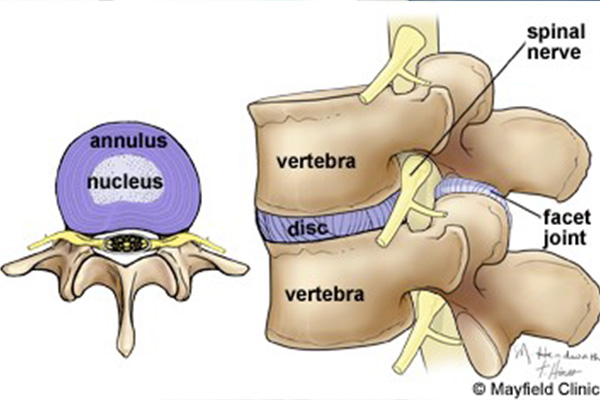
Have you ever had a patient who’s woken up one morning and their neck is sore and feels like it’s stuck in one position? There’s a chance they might be suffering from acute wry neck.
Wry neck, also referred to as torticollis, is a very common condition which can be quite debilitating as it can cause severe pain with the smallest neck movements. Approximately 70% of the population experiences an episode of neck pain at some point in their lives. Anyone can get a wry neck, but it typically occurs in young people between 12 and 30 years of age. It can be very worrisome for patients as they quickly realize it is difficult to carry out their daily routine/activities when they have a lack of range of motion within their neck. The good news is that acute wry neck can be successfully treated in a short period of time.
Pain from acute wry neck typically happens all of a sudden / the onset comes out of the blue, hence the reason it is often termed “acute” wry neck. It is associated with neck pain and stiffness, which is often accompanied by muscle spasms of the surrounding neck muscles. This causes restriction of the neck to turn through its full range of motion.
Signs and Symptoms
- Pain: Onset of pain is sudden. Pain is commonly located in the middle or side of the neck that is affected. The pain is localised to the neck area and does not extend past the shoulder joint.
- Location: Usually symptoms are felt on one side of the neck, as this is a protective reaction of the body to safeguard the neck.
- Loss of Range of Movement: The neck is often fixed in an abnormal position (most frequently in a flexed forward and rotated position). The side that the patient’s head is rotated towards will often be away from the side of pain.
- Muscle Spasms: The surrounding neck muscles, for example sternocleidomastoid, scalenes and levator scapula, have tightened or spasmed in response to the facet joint irritation. This in turn limits the patient’s neck range of motion.
Causes of Wry Neck
The exact cause of wry neck and its pathophysiology is not fully understood. However it is thought to be the result of a minor injury to the neck or simply caused by sleeping with the neck in an awkward position, uncomfortable pillows or waking up suddenly in the middle of the night. Our necks are made up of several vertebras, intervertebral discs and joints. The small swivel joints that allow for smooth gliding movements and turning are called facet joints. Through diagnostic imaging, one theory on the cause of wry neck is from an injury or irritation to one or more of the facet joints. The theory is that the facet joints become ‘locked’ or jammed, causing pain and protective muscle spasms throughout the neck.

The second theory of wry neck is due to discogenic irritation. Between our vertebrae we have spinal discs which help absorb shock and stress to the spine. These intervertebral discs can sometimes bulge or tear under stress almost like a small sprain, therefore causing inflammation and swelling, putting pressure on the surrounding structures and nerves within the neck. Since there are many nerve endings around the spine, this can explain why movement can be very painful. Movement is more limited by pain, not mechanically blocked as in the facet theory. This type of wry neck usually comes on over a period of time (more gradual onset) and is not as sudden. Symptoms of discogenic wry neck can radiate into the arm and occasionally people may experience pins and needles or numbness.
Treatment & Prognosis
Most cases of acute wry neck resolve quickly over a period of 2-3 days, with some residual symptoms lasting up to a week. Knowing this, it is important to reassure the patient that wry neck is a common and short-lived condition.
Additionally, common treatment methods used to help settle acute wry neck faster include:
- massage
- dry needling
- gentle passive mobilisations
- heat
- stretches/ light movement
- NSAIDs
Ongoing it can be helpful to strengthen the neck muscles to help prevent it in the future.
